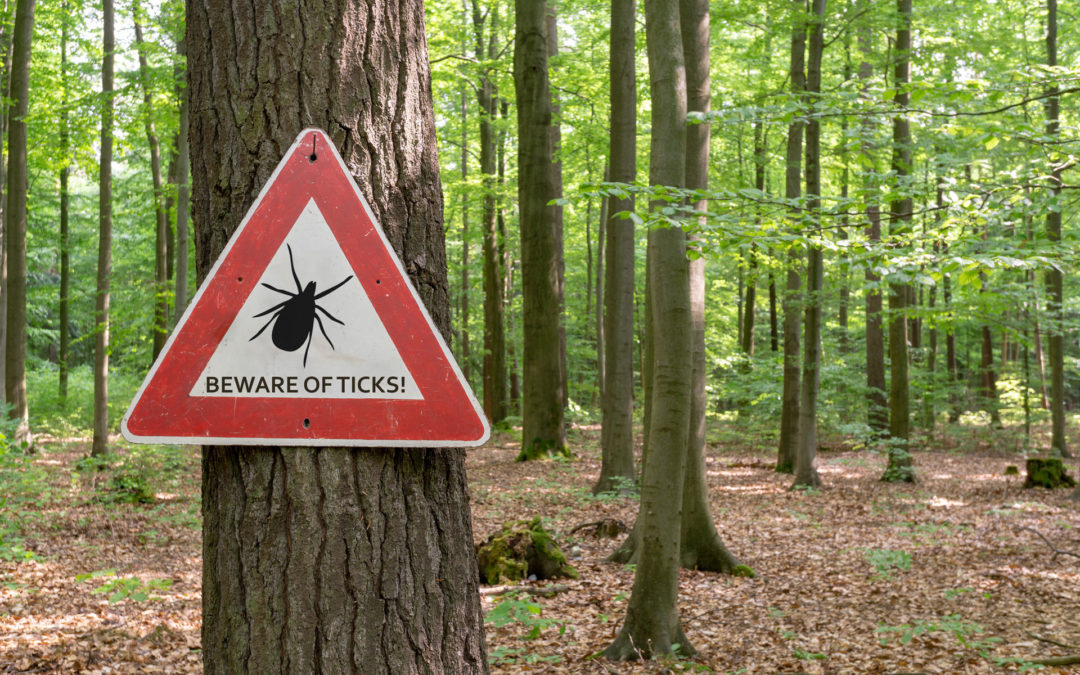Of all the insects to become active in Spring, few are as dangerous as ticks. Ticks are mostly known for carrying and transmitting Lyme disease, though they actually can infect humans and pets with several different, debilitating diseases.
Like many insects, Spring is when tick nymphs (the teenagers of insects) emerge from Winter hibernation. That’s why May is Lyme Disease Awareness Month, as it is one of the times of the year when you’re most likely to be bitten by a tick. In Maryland, cases of Lyme disease have almost tripled in the last 15 years or so, according to Maryland Department of Health. To help you be safe, here are a few ticks to look out for, along with a few tips for protecting yourself.
Ticks in Maryland
There are essentially five different ticks that are prominent in Maryland:
- American Dog Tick
- Blacklegged (Deer) Tick
- Brown Dog Tick
- Gulf Coast Tick
- Lone Star Tick
While you don’t necessarily need to worry about identifying which type of tick you encounter, it’s important to know some basics. First, most ticks are oval or round, with flat, reddish-brown bodies. Some have distinctive marks, like the Blacklegged Tick (has black legs) or the Lone Star Tick (has a whitespot on its back).
If you find a tick, either on you or nearby, try to wrap it in a wet paper towel. You can then send it for identification.
How to Protect Yourself from Ticks
There are a number of things you can do prevent tick bites.
First, it’s important to know that ticks like to live in warm, humid environments, typically in wooded, bushy, or grassy areas. That means that it’s a good idea to keep your grass cut in the Spring and Summer, and if you go to wooded areas (or have a lot of trees on your property), you should be sure to cover your legs and arms as much as possible. You can also purchase tick repellant at most outdoors or hardware stores.
Although primarily found outdoors, ticks can also get inside your home by hitching a ride on a host—often a pet or a human. If you spend time outdoors, be sure to thoroughly check yourself when you get home. Additionally, be sure to wash all clothes you’ve worn in any places where ticks are likely to be found.
What Do You Do if Bitten by a Tick?
If you discover a tick on your body, it’s important to remove it as soon as possible. This is often accomplished by using tweezers to gently pull the tick off you. Be very careful here as ticks will tend to dig in and cling to your skin when removed. You also don’t want to burst the tick’s body, as that can further spread of disease-causing bacteria. Once you remove the tick, place it in rubbing alcohol and then preserve it for identification and testing. If you experience a tick bite, be sure to also schedule an appointment with your doctor to monitor for any adverse effects.
If you spot these pests and need assistance, don’t hesitate to call us
If you discover a tick infestation in your home or yard, don’t delay—call us right away. As described above, ticks can be very dangerous, and it’s essential to treat the infestation as soon as possible to limit further risks.

